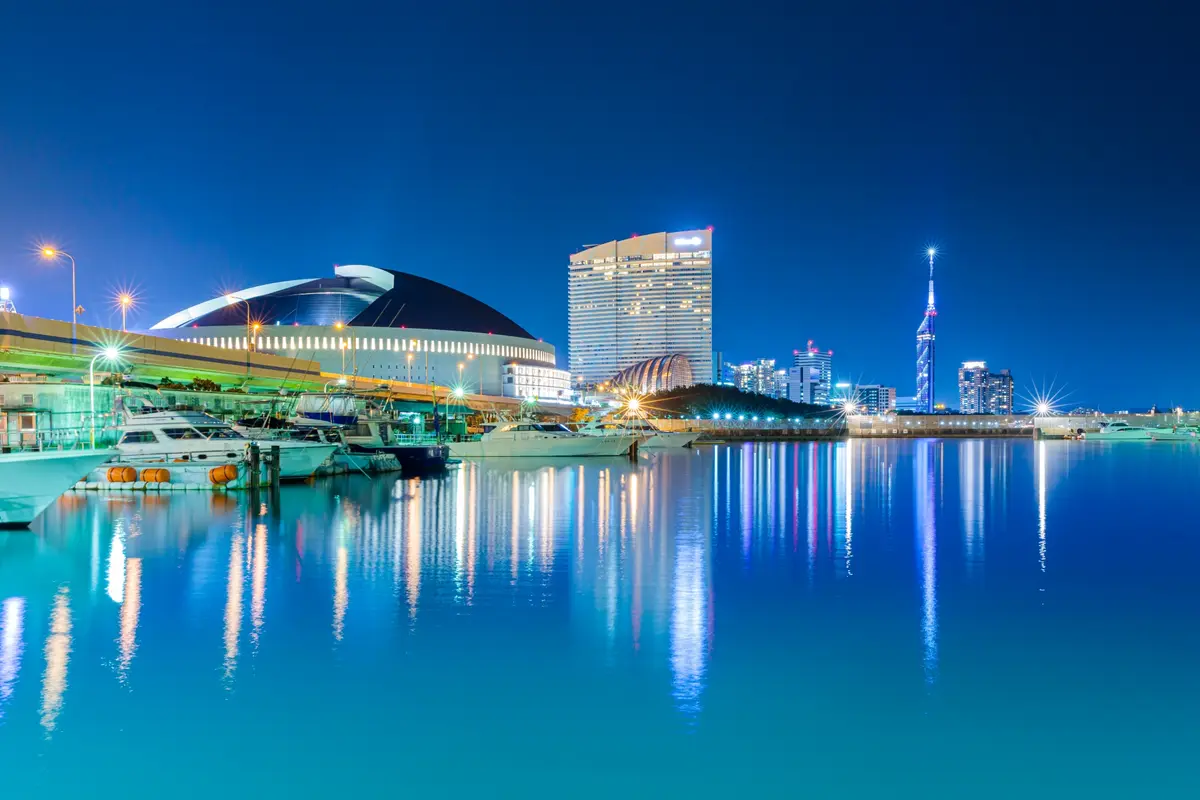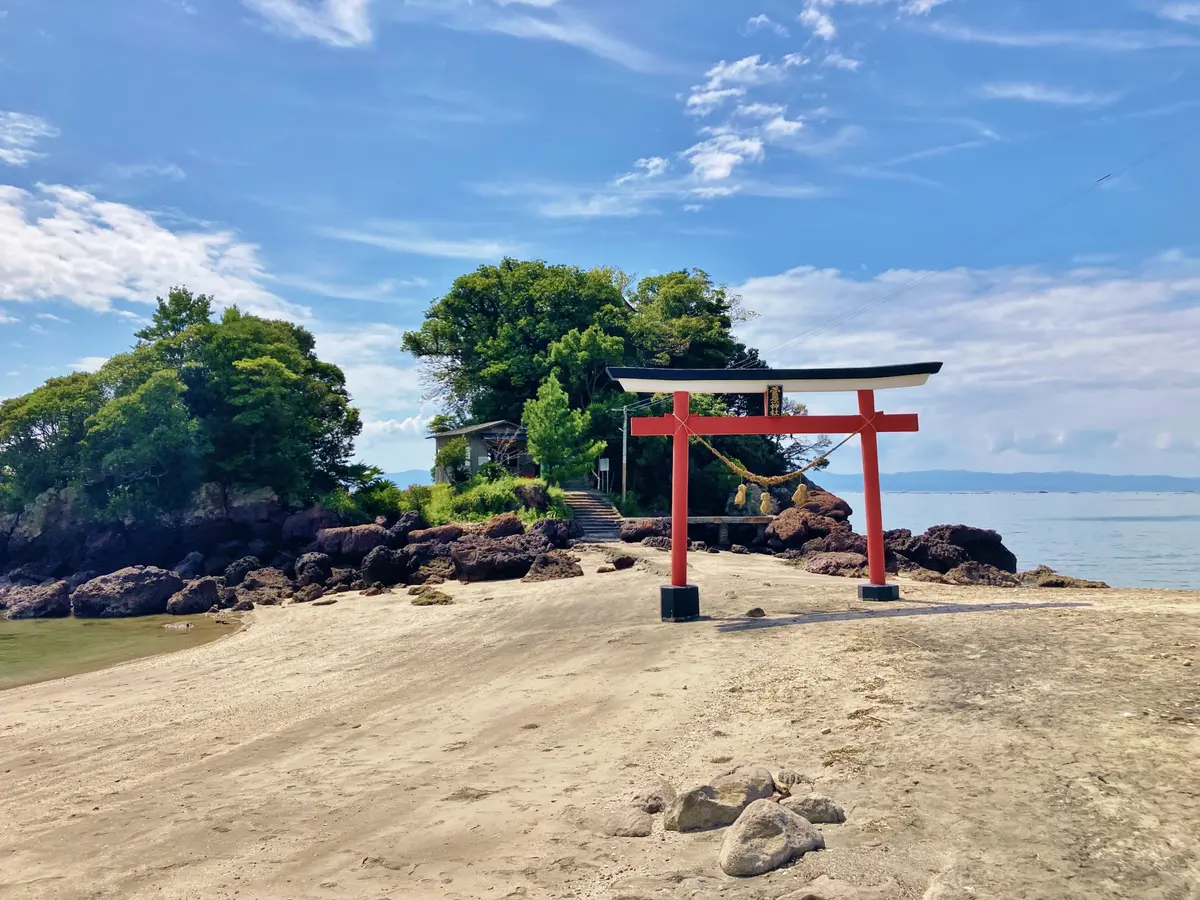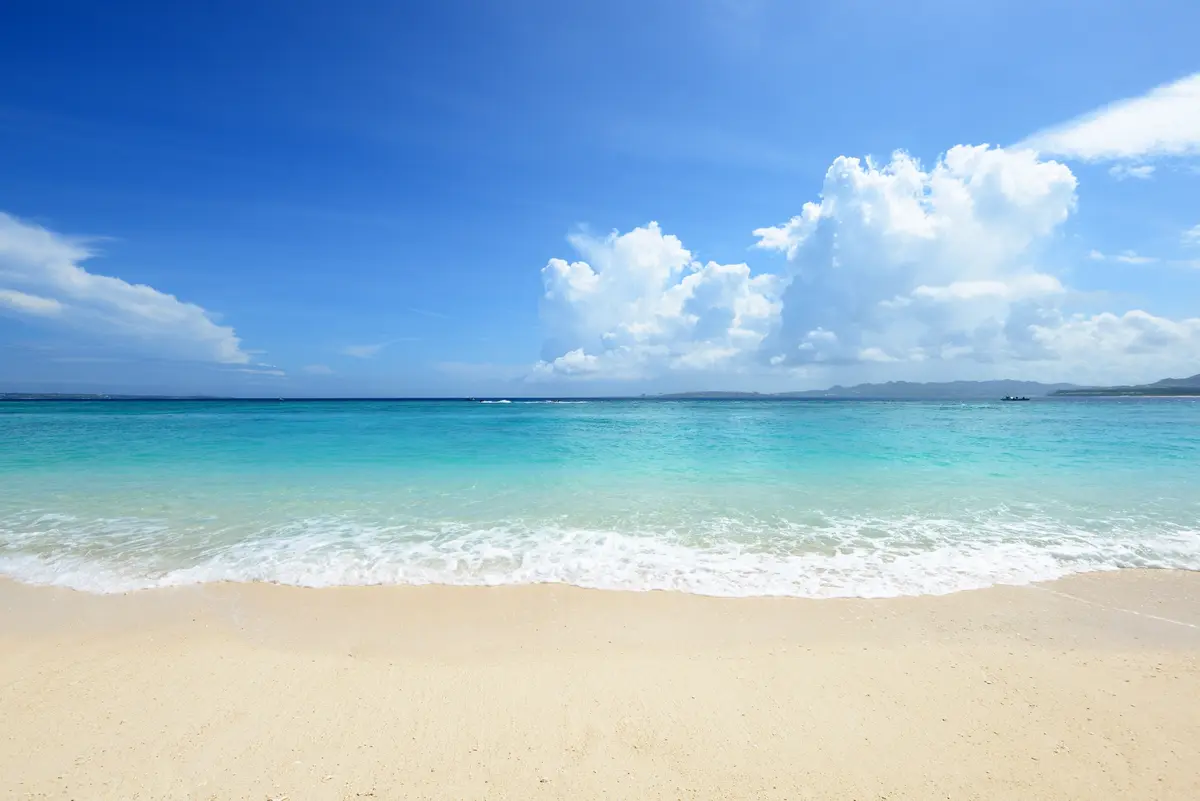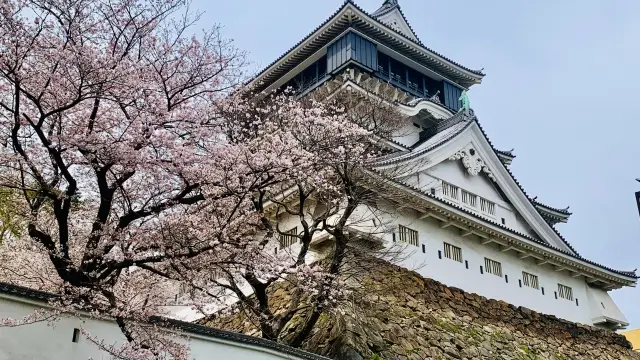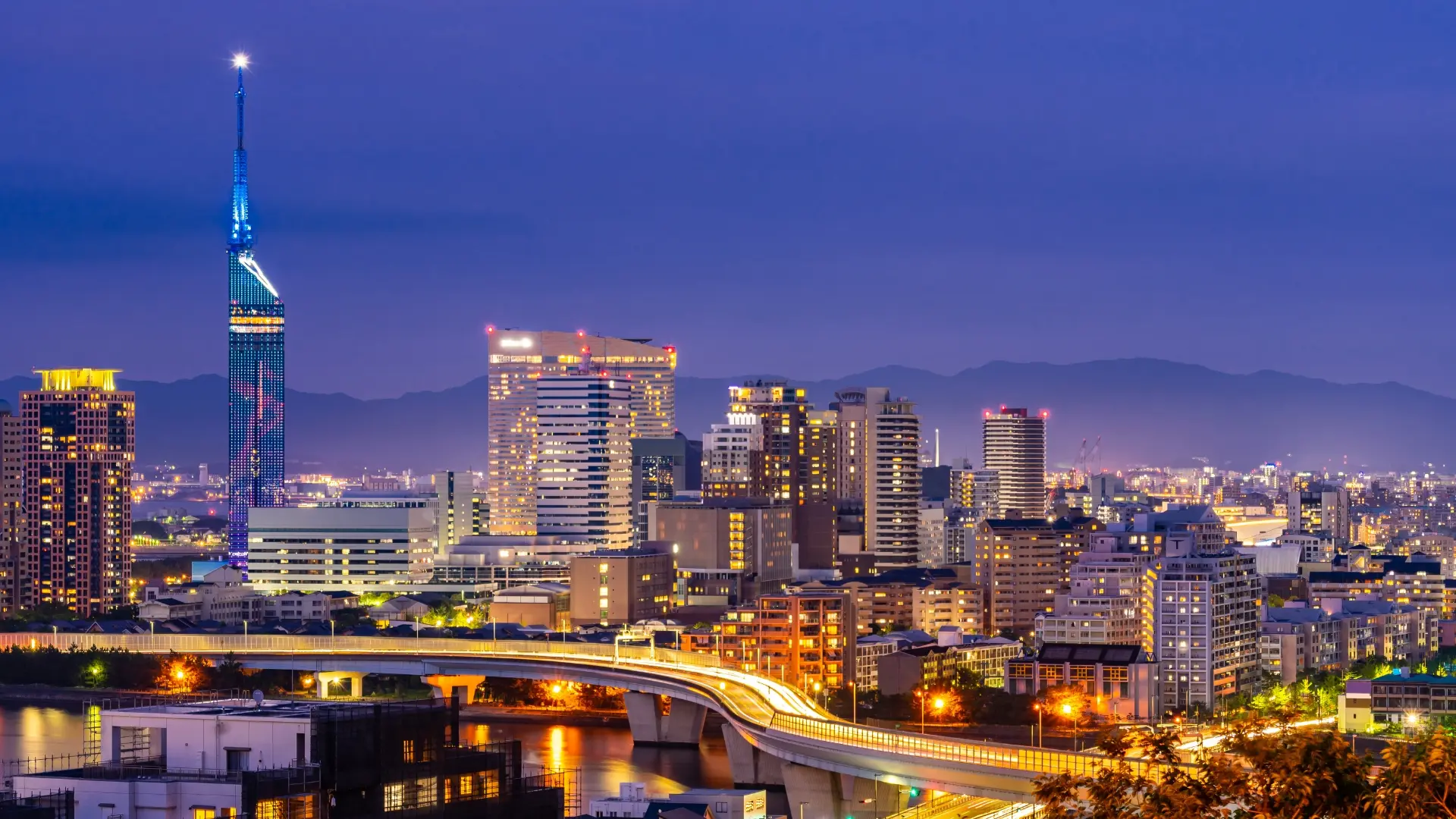

Kyushu Region
九州地方
Where is Kyushu Region?
Kyushu is Japan’s southernmost main island, made up of seven prefectures: Fukuoka, Saga, Nagasaki, Kumamoto, Oita, Miyazaki, and Kagoshima. Further to the southwest lies Okinawa, a chain of subtropical islands surrounded by emerald seas. Together, Kyushu and Okinawa form Japan’s southern gateway, offering warm weather, dramatic landscapes, and a rich cultural heritage.
The Prefectures in Kyushu Region
Climate of Kyushu Region
Kyushu & Okinawa sit in southwest Japan with generally warm, wet weather. Rains peak in the June rainy season and during summer–early autumn typhoons. Kyushu's mountains can see winter snow. Okinawa is subtropical—no snow—with frequent short squalls and occasional typhoons.
History of Kyushu Region
Kyushu is Japan’s “western gateway.” In ancient times, continental culture entered via Hakata Bay, and Dazaifu served as a hub for diplomacy and defense. In the 13th century the Mongol invasions turned Hakata into a battlefield.
During the Sengoku era, rival warlords dominated the region: the Shimazu of Satsuma, the Ōtomo of Bungo, the Ryūzōji and Nabeshima of Hizen, the Kuroda of Chikuzen, and the Hosokawa of Higo.
Nagasaki thrived on “Southern Barbarian” trade and Christian culture, and in the Edo period Dejima remained Japan’s sole window to the world.
In the Meiji era, leaders from Satsuma—such as Saigō Takamori and Ōkubo Toshimichi—drove modernization, powered by coalfields and the Nagasaki shipyards.
A History Different from Kyūshū: Okinawa
Okinawa was once the Ryukyu Kingdom, flourishing as a maritime hub linking China, Japan, and Southeast Asia, and nurturing its own unique language and culture. In 1609, it was invaded by the Satsuma Domain, and in 1879 it was formally incorporated into Japan. The Battle of Okinawa in 1945 caused devastating destruction, and the islands remained under U.S. administration until 1972, when they were returned to Japan.
Although often grouped together with the Kyūshū region, Okinawa preserves a distinct Ryukyuan culture—seen in sites like Shuri Castle and traditions such as Eisa dance—that sets it apart from the neighboring prefectures.
How Japanese People See Kyushu and Okinawa
For Japanese people, Kyushu is strongly associated with delicious food and abundant hot springs. Local specialties like Hakata ramen, Nagasaki champon, Kumamoto horse sashimi, and Kagoshima’s black pork are loved nationwide. Oita is known as Japan’s “onsen kingdom,” where towns like Beppu attract countless visitors. Okinawa, on the other hand, is seen as a dream destination within Japan—a tropical resort with clear blue seas, coral reefs, and a relaxed island culture. Its traditional music, lively Eisa dance, and protective Shisa lion-dog statues are iconic symbols.
Unique Characteristics
What makes Kyushu and Okinawa special is the combination of powerful nature, diverse food culture, and unique traditions. Kyushu’s landscapes include active volcanoes, lush mountains, and fertile coastlines, and its history reflects encounters with foreign cultures, from Christian heritage sites to international trade. Okinawa’s beauty lies in its subtropical climate and island culture, where Ryukyuan traditions, castles, and festivals are preserved alongside pristine beaches and vibrant marine life. Together, the regions offer both the thrill of nature and the charm of deeply rooted culture.
Getting Around
Kyushu is well connected by the Shinkansen, which links it to Honshu and runs from Fukuoka all the way down to Kagoshima. Each prefecture also has airports, making access from Tokyo, Osaka, and other cities easy. In Okinawa, flights to Naha Airport serve as the main gateway, with ferries and smaller flights connecting the surrounding islands. Within Kyushu, trains and highway buses are convenient, while renting a car allows travelers to explore hot spring resorts and rural areas at their own pace. On Okinawa, cars and ferries are the best way to move between beaches, towns, and islands.
Explore More Regions
Continue your journey through Japan
